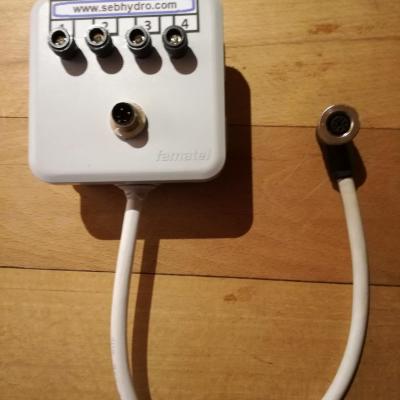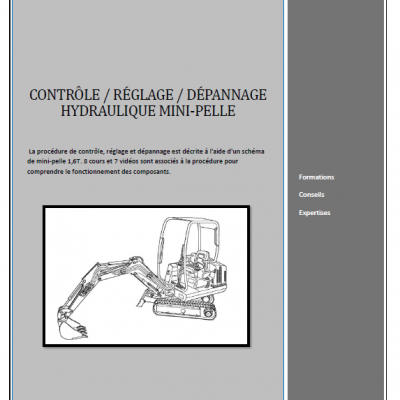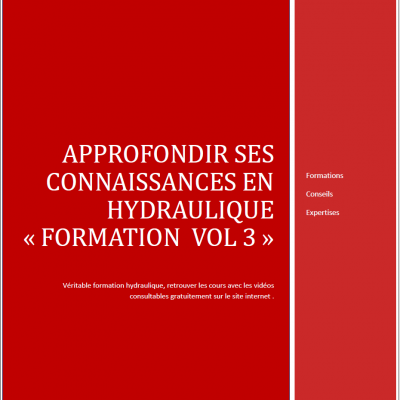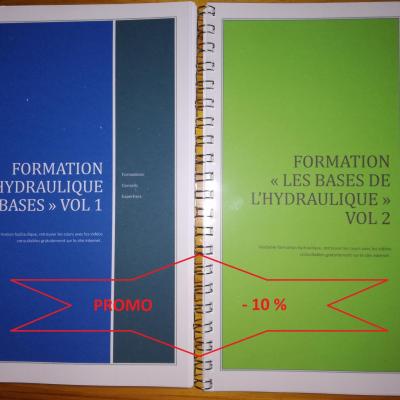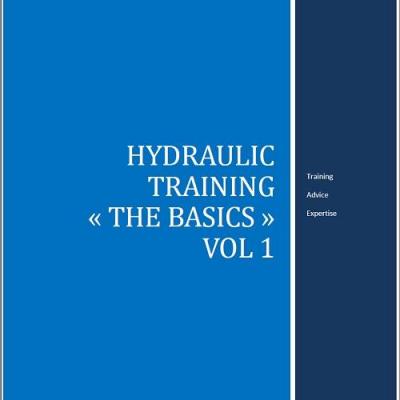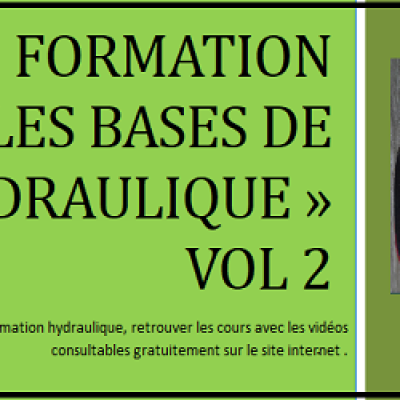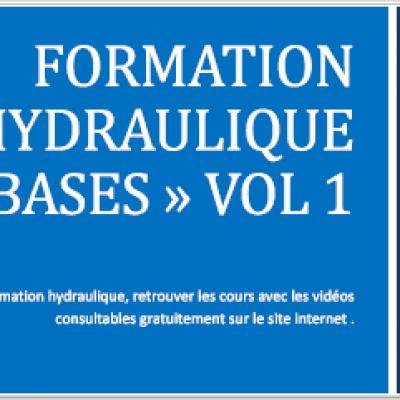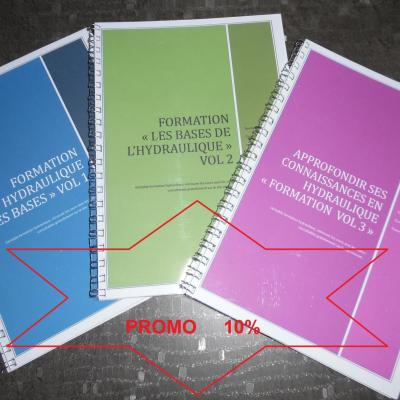Hydraulics : Part of physics that studies the laws that govern the balance and movement of liquids as well as their industrial applications.
Normal working pressures are between 10 and 350 bars.
Pneumatics : Part of physics which studies air and its industrial application, in the form of compressed air up to a pressure not exceeding 10 bars in general.
Hydrostatic : Part of hydraulics which studies the laws of liquids at rest. It is also the name given to the closed type circuit.
Hydrodynamics : Part of hydraulics that studies the laws of liquids in motion.
Relative pressure : This is the difference between the absolute pressure and the atmospheric pressure (pressure read on the manometers in the circuits)
Atmospheric pressure : Pressure exerted by air on the earth's surface. (approximately 1 bar)
Absolute pressure : It is the addition of relative pressure and atmospheric pressure.
Cavitation : Phenomenon corresponding to the formation of gas bubbles which mainly occurs on pumps and hydraulic motors.
By creating a vacuum (example: pipe too small), the elongation of the oil drops causes the appearance of dissolved gas which implodes while recompressing.
Degassing : Phenomenon where the release of gas dissolved in the oil caused by a depression is observed. (between -0.4bar and -0.6 bar)
Diesel effect : Implosion and combustion of the oil (gunshot). Usually this phenomenon occurs locally at the cylinder seals. The destruction of the seals is caused by the compression of a large volume of air and a small volume of oil (example: poorly purged cylinder)
Emulsion : Mixture of two liquids (mayonnaise)
Foaming : Phenomenon observed in the hydraulic reservoirs caused by an air intake on the circuit.
Oil : viscous liquid with low compressibility used to transmit energy.
Viscosity : Resistance to flow.
TAN number : Acid number (neutral pH = 7).
Freezing point : Temperature at which the oil is frozen.
Pour point : The lowest temperature at which the oil still flows.
Flash Point : Temperature at which oil vapors ignite in the presence of a flame.
Point of fire : Temperature for which combustion is maintained over time.
Auto Ignition Point : The temperature at which an oil ignites spontaneously (approximately 500 °).
Aniline point : Temperature at which a hot solution, consisting of equal volumes of oil and aniline, during a test cooling, has a cloudy appearance by crystallization of aniline (between 90 ° and 110 °).
Low aniline point : Softening and swelling of elastomers.
Strong point of aniline : Hardening and shrinkage of elastomers.
 Wow that was strange. I just wrote an extremely long
Wow that was strange. I just wrote an extremely long Thank you for your feedback
Thank you for your feedback
